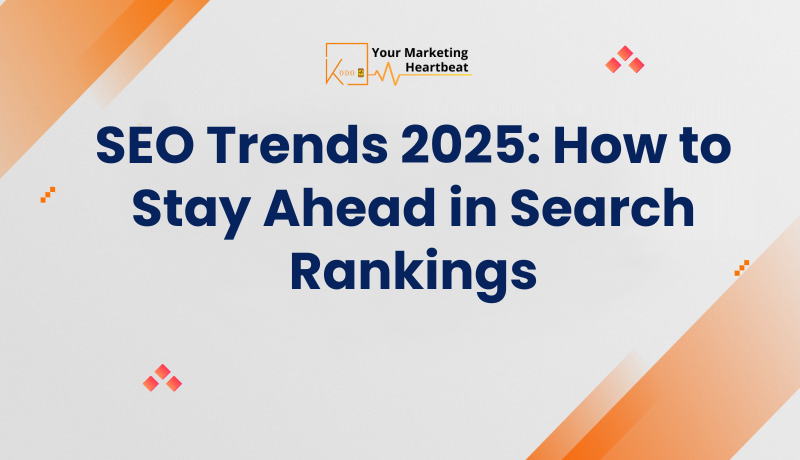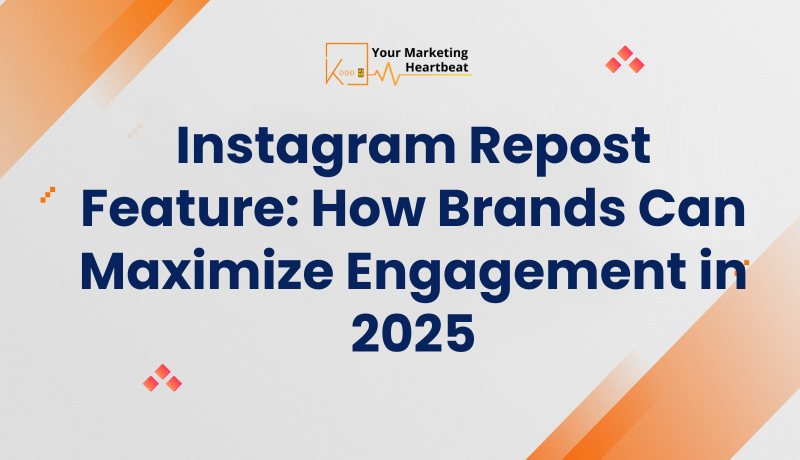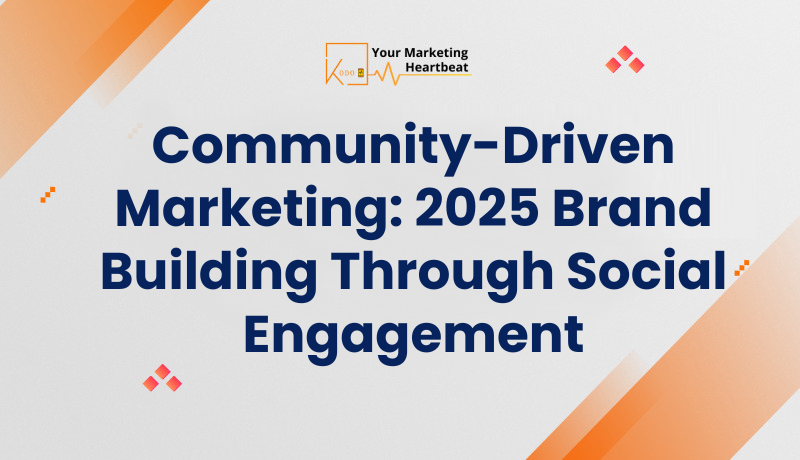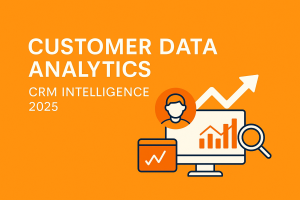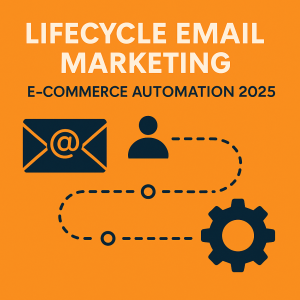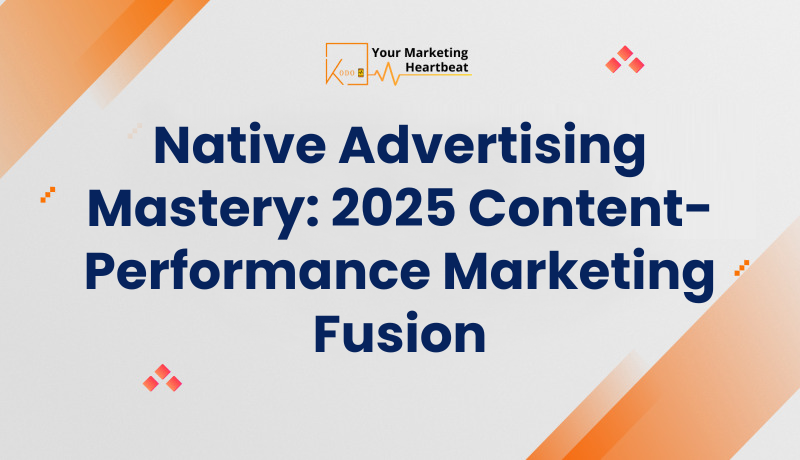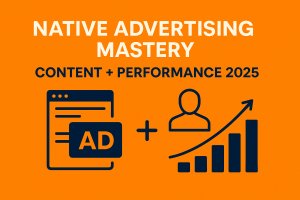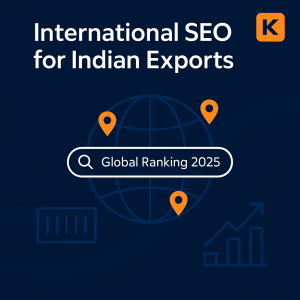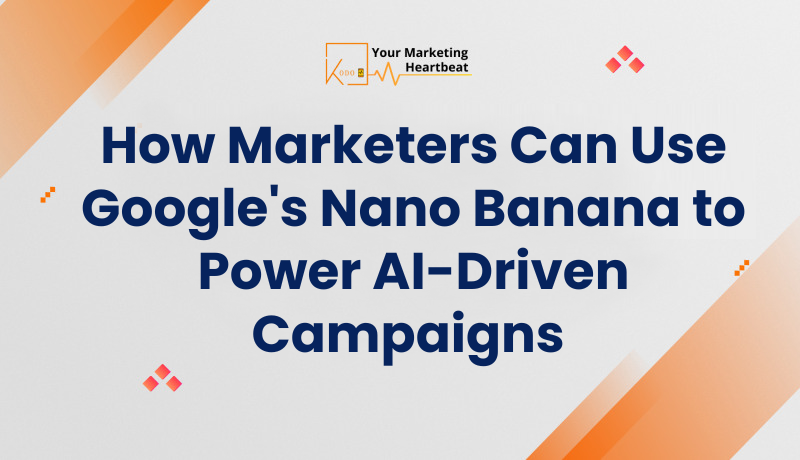
How Marketers Can Use Google’s Nano Banana to Power AI-Driven Campaigns
In the rapidly evolving landscape of digital marketing, the introduction of innovative tools can significantly enhance how businesses engage with their audiences. One such groundbreaking tool is Google’s Nano Banana, an AI-driven image editing model that has garnered attention for its impressive capabilities. This article explores how marketers can leverage Nano Banana to create compelling campaigns, streamline their processes, and ultimately drive better results.

Understanding Nano Banana
What is Nano Banana?
Nano Banana, officially known as Gemini 2.5 Flash Image, is an advanced AI image editing model developed by Google DeepMind. It allows users to edit images using simple text prompts, making it accessible even to those without design expertise. This tool has quickly risen to prominence, topping the LMArena leaderboard for AI image editors, thanks to its ability to maintain consistency across multiple edits.
Key Features of Nano Banana
- Text-Based Editing: Users can modify images by simply typing commands, such as “change the background to a sunset” or “make the model wear a blue dress.”
- Consistency Across Edits: Unlike traditional image editing tools, Nano Banana remembers details from previous edits, ensuring that subjects remain recognizable even after multiple modifications.
- User-Friendly Interface: The tool is designed to be intuitive, allowing marketers to create stunning visuals without needing extensive training in graphic design.
The Importance of AI in Marketing
Enhancing Creativity and Efficiency
AI tools like Nano Banana are transforming the marketing landscape by enabling faster and more creative content creation. Marketers can generate high-quality visuals in a fraction of the time it would take using conventional methods. This efficiency allows teams to focus on strategy and storytelling rather than getting bogged down in technical details.
Meeting Diverse Audience Needs
With the ability to quickly adapt visuals for different demographics, marketers can tailor their campaigns to resonate with specific audiences. For instance, a brand can easily create localized content that reflects cultural nuances, enhancing engagement and relevance.
How to Use Nano Banana for Business
1. Streamlining Content Creation
Marketers can utilize Nano Banana to produce a variety of content types, including social media posts, email marketing visuals, and advertisements. By generating multiple versions of an image with different styles or backgrounds, teams can quickly test which visuals perform best.
2. Personalizing Customer Experiences
Using Nano Banana, marketers can create personalized visuals for their customers. For example, a fashion retailer can generate images of models wearing different outfits tailored to individual customer preferences, enhancing the shopping experience and increasing conversion rates.
3. Enhancing User-Generated Content (UGC)
User-generated content is a powerful marketing tool, but it often requires refinement to align with brand aesthetics. Nano Banana allows marketers to enhance UGC by cleaning up images and applying consistent branding elements, ensuring that user content fits seamlessly into marketing campaigns.
4. A/B Testing Visuals
With the ability to create multiple variations of an image quickly, marketers can conduct A/B tests to determine which visuals resonate most with their audience. This data-driven approach enables teams to make informed decisions about their marketing strategies.
Implementing Nano Banana Advertising Strategies
1. Creating Compelling Ad Campaigns
Marketers can leverage Nano Banana to design eye-catching advertisements that stand out in crowded digital spaces. By experimenting with different visuals, brands can discover unique ways to capture attention and drive engagement.
2. Optimizing Visuals for Different Platforms
Each social media platform has its own visual requirements and audience preferences. Nano Banana allows marketers to easily adapt images for various formats, ensuring that content is optimized for maximum impact across channels.
3. Building Brand Consistency
Maintaining a consistent brand image is crucial for recognition and trust. Nano Banana’s ability to preserve likeness and style across edits helps marketers ensure that all visuals align with brand guidelines, reinforcing brand identity.
The Future of AI-Driven Content Creation
Embracing Innovation
As AI technology continues to advance, tools like Nano Banana will play an increasingly vital role in marketing strategies. By embracing these innovations, marketers can stay ahead of the curve and deliver exceptional value to their customers.
Continuous Learning and Adaptation
The digital landscape is ever-changing, and marketers must be willing to adapt their strategies accordingly. By integrating AI tools into their workflows, teams can remain agile and responsive to emerging trends and consumer preferences.
Challenges and Considerations
Potential Limitations
While Nano Banana offers numerous benefits, it’s essential for marketers to be aware of its limitations. For instance, the AI may not always produce perfect results, particularly with intricate details or specific requests. Marketers should be prepared to make manual adjustments when necessary.
Balancing Automation and Creativity
While AI tools can enhance efficiency, it’s crucial for marketers to maintain a balance between automation and human creativity. The best campaigns often stem from a combination of data-driven insights and imaginative storytelling.
Conclusion
Google’s Nano Banana represents a significant advancement in AI-driven marketing tools, offering marketers the ability to create stunning visuals quickly and efficiently. By leveraging this innovative technology, businesses can enhance their marketing strategies, personalize customer experiences, and ultimately drive better results. As we continue to explore the potential of AI in marketing, embracing tools like Nano Banana will be essential for staying competitive in an increasingly digital world.



